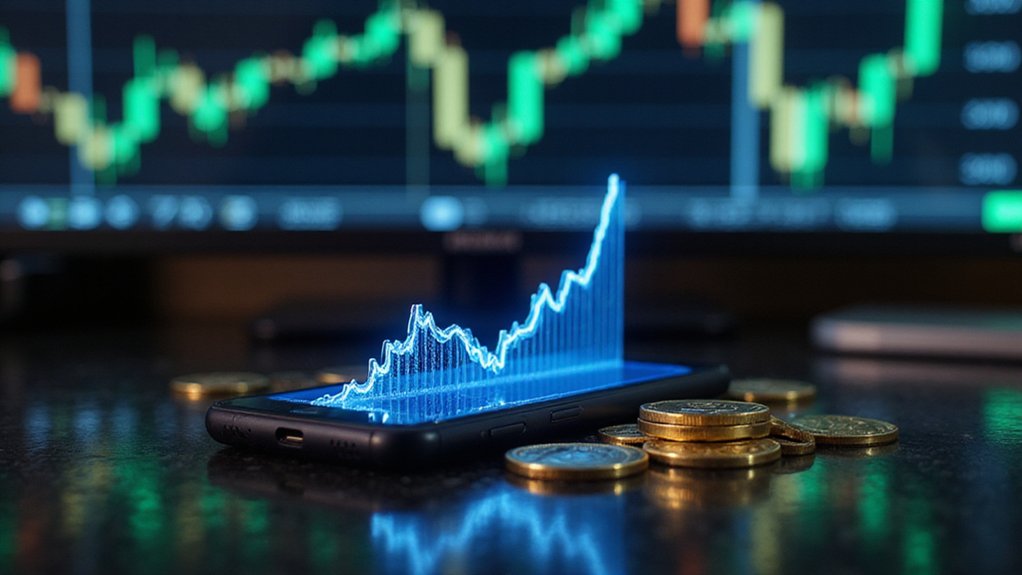While established cryptocurrencies like Ethereum and XRP continue their measured march through institutional corridors, MAGACOIN has emerged from the presale wilderness with the audacious claim that scarcity trumps utility—a proposition that would make traditional economists reach for their smelling salts.
The mathematics underlying this bold assertion merit scrutiny. MAGACOIN’s fixed supply structure operates on principles that would make central bankers wince: absolute scarcity driving value appreciation through manufactured rarity. Early investors, reportedly sitting on substantial returns, seem unbothered by the absence of smart contracts or cross-border payment infrastructure that define their more established competitors.
Ethereum, despite its extensive decentralized application ecosystem and DeFi dominance, faces the unglamorous reality of scalability bottlenecks and transaction fees that occasionally exceed the cost of international wire transfers. XRP maintains its institutional credibility through cross-border payment solutions, yet analysts increasingly question whether stability translates to explosive growth potential in 2025’s anticipated bull market.
The capital rotation from these mature assets toward MAGACOIN suggests investors prioritize breakout potential over technological sophistication. This represents either prescient market positioning or collective delusion—time will determine which interpretation proves accurate.
MAGACOIN’s strategic architecture deliberately eschews venture capital control, promoting what proponents describe as “organic growth” through decentralized ownership. The project’s 100% protocol audit addresses security concerns while its cultural branding resonates within the expanding memecoin ecosystem, where narrative often supersedes technical fundamentals.
Financial projections suggesting 55x to 65x returns warrant skepticism, yet the underlying scarcity mechanics provide mathematical foundation for such optimistic forecasts. Ethereum and XRP, constrained by market maturity, face diminishing returns on investment despite their superior technological infrastructure.
The emerging market dynamics reveal an uncomfortable truth: investors increasingly value potential over proven utility, speculation over stability. MAGACOIN’s projection as a top-three exchange listing by H2 2025 depends entirely on whether scarcity-driven tokenomics can sustain momentum beyond initial presale enthusiasm.
Whether this represents genuine innovation or elaborate market manipulation remains the central question facing investors choosing between established institutional backing and unproven upside potential in an increasingly unpredictable cryptocurrency landscape. The success of any emerging cryptocurrency ultimately depends on securing adequate liquidity providers to ensure smooth trading operations and minimize price volatility across major exchanges.









